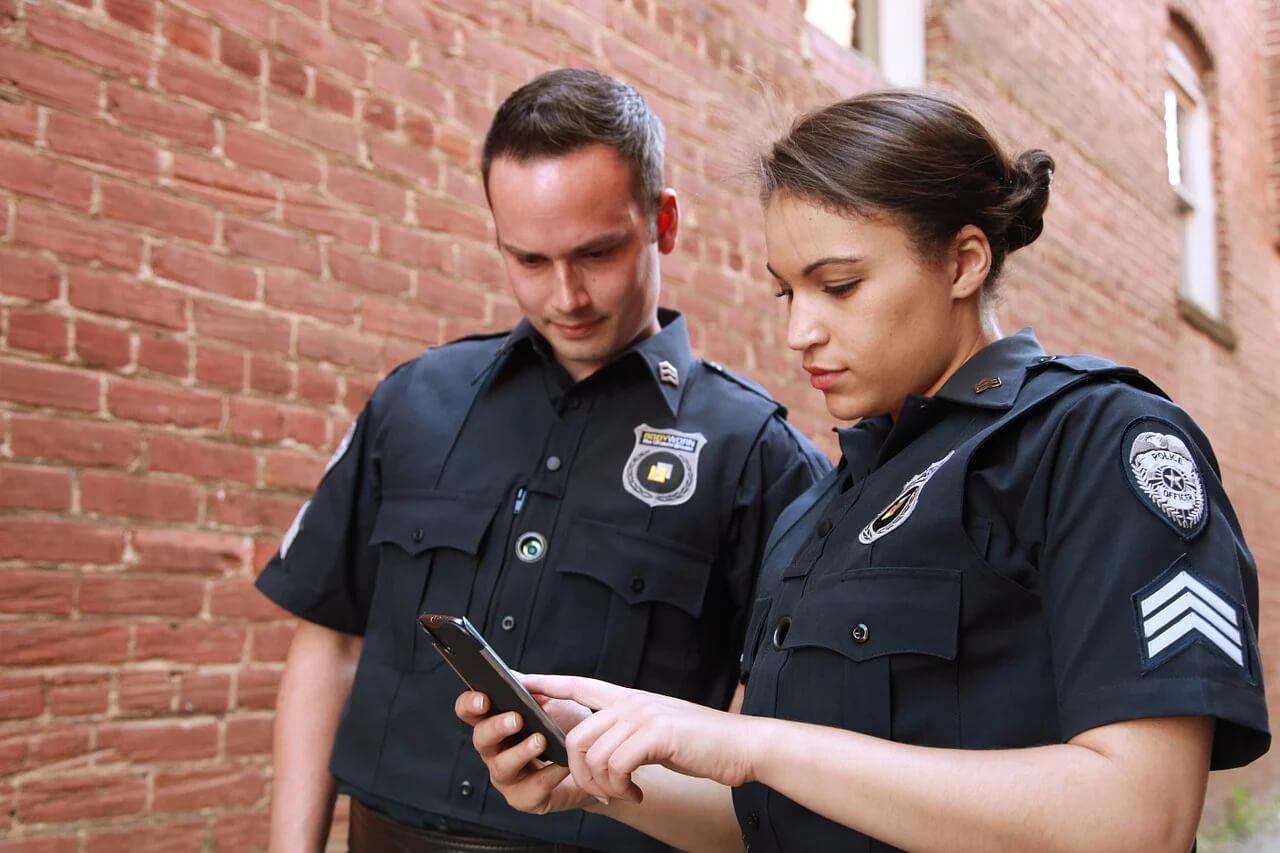As technology evolves, so must law enforcement’s methods for gathering feedback from the communities they serve. Well-designed digital community surveys provide police leadership an invaluable tool to identify priorities, gauge satisfaction, and guide data-driven reforms. Recent innovations in survey methodology, from integrating text and email-based polling to analyzing results via advanced analytics, allow departments to connect to a broad, representative sample of residents efficiently and conveniently. This article will examine key benefits of digital community surveys and provide recommendations for successful implementation based on real-world examples.
The Advantages of Digital Surveys
Digital surveys offer numerous advantages over traditional paper polling:
– Increased accessibility and convenience for residents, leading to higher response rates and more accurate data. Participants can complete on phones anytime.
– Ability to reach demographics less likely to respond to mail or in-person surveys, like youth and working professionals. This provides a fuller picture of all community needs.
– Lower costs by eliminating printing, paper, postage and manual data entry. Funds can be invested into advanced data analysis instead.
– Quicker turnaround time. Data is available for review immediately, without waiting for mailed returns.
– Options for detailed filtering and cross-referencing of results by district, demographic factors, etc. This provides richer insights.
– Environmentally friendly, saving paper.
Case Studies of Digital Survey Successes
Cities implementing modern community surveys via digital mediums have seen dramatic improvements in participation and actionable findings:
– Seattle, WA moved surveys online and offered text-to-poll options. Responses increased by 92% with over 20,000 area residents weighing in.
– San Antonio, TX targeted digital advertising and social media promotions of their community survey, more than doubling responses from the previous year.
– Columbus, OH offered survey completion incentives like free public transit passes which boosted participation. They gathered feedback from over 40,000 citizens.
– Denver, CO emphasized multi-language inclusivity in digital surveys, partnering with nonprofits to promote. Spanish-language responses increased by 350%.
– Bridgeport, CT introduced an Officer Survey and actively involved the community in gathering their input. The survey sought feedback from residents regarding the quality of service provided by the police officers. As a result, the community’s collective sentiment exceeded 90%.
Key Digital Methodologies
Experts recommend utilizing a mix of digital outreach to ensure robust community participation:
Email Surveys: Email database contacts and promote the survey link via newsletters, social media, etc. Follow up with reminder emails to boost responses.
Text-to-Poll: Allow residents to text a number to receive the survey link. Response rates often exceed email.
Website & Social Media: Prominently feature a survey link on department websites and social media pages. Geo-target digital ads to area residents.
Community Kiosks: Place digital tablets in lobbies, libraries, etc. for easy on-site survey access.
Mobile Apps: Integrate poll questions into existing police apps residents use for reporting crimes or receiving alerts.
Tailored Digital Marketing: Analyze survey responders and target those less likely to participate via digital ads and outreach.
Best Practices for Maximizing Results
When implementing community surveys digitally, police departments should follow certain best practices:
– Consult with polling experts to design scientifically-sound surveys using proven methodologies that yield statistically-significant results.
– Keep surveys concise at 10-15 minutes max to avoid drop-offs. Use skip logic to tailor based on responses.
– Offer multilingual and accessible options for disabled residents to ensure inclusive feedback.
– Incentivize participation through digital rewards like free song downloads or coupon codes.
– Analyze open-ended responses using sentiment analysis and data visualization tools to identify trends.
– Break down results by neighborhood, demographics, socioeconomics to gain deeper insights.
– Share findings publicly and maintain open data portals for transparency.
– Provide regular digital survey opportunities rather than one-offs. Track progress over time.
The Future of Community Surveys
New technologies like Officer Survey and mobile location data offer additional ways to gather granular, real-time insights from communities in the years ahead. As law enforcement steadily builds trust and partnerships with residents through ongoing digital engagement, future innovations can enable even more responsive, data-driven policing tailored to each neighborhood’s needs. Departments investing now in optimizing community surveys for the digital age will maintain an edge in acting on public priorities.
If you’re interested in discovering how the Officer Survey can assist your organization in obtaining feedback from your community members, feel free to schedule your demo today!








